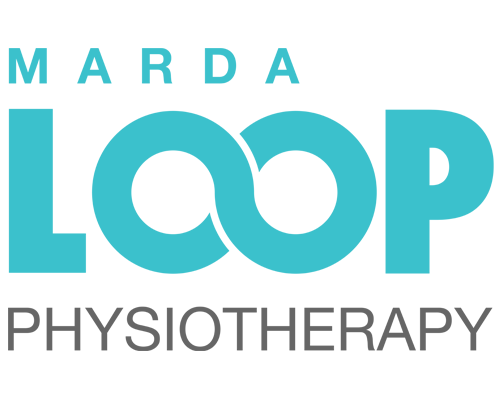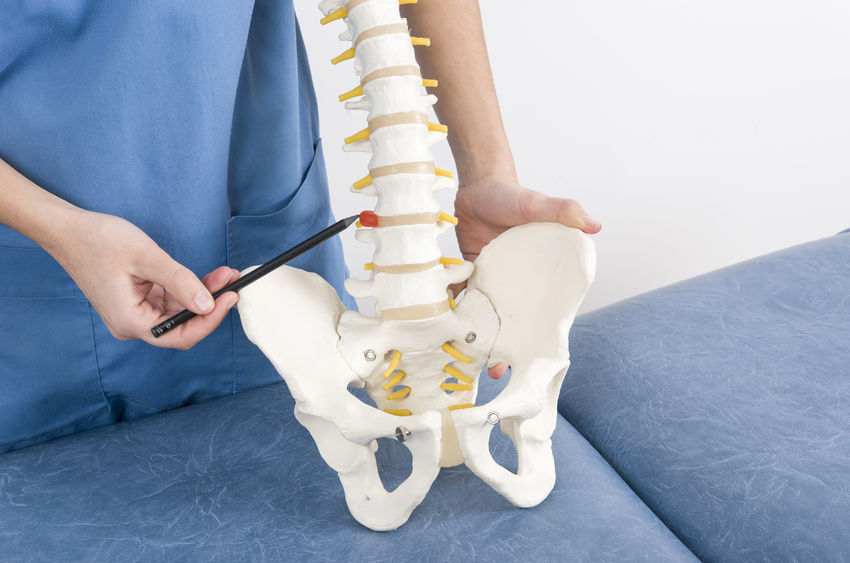The Biopsychosocial Model
Notice how I never used the term trauma anywhere in the last post except in the title? I didn’t need to. I wanted to save it for this post.
Trauma is a complex term. A google of trauma brings up this definition:
Trau-ma (noun)
- A deeply distressing or disturbing experience
- Physical injury
synonyms: injury, damage, wound
I think it is safe to conclude that trauma and pain are related.
Time for your very first David’s Brain Moment!!!
If we are all born human and exposed to the world’s energy, then do we not all experience a series of traumas within our first months of life?
Disclaimer: David’s Brain Moments are his own and are meant to stimulate thought. Think of them as my brain stimulating your brain. Or don’t ifthat sounds a little too intimate for post #3.
Once we enter the world we are met with a bombardment of stimuli. Bothinternal and external to us. We rely on our primitive brain (brainstem) to help us achieve the functions we need to survive: heart rate, breathing, digestion and sleeping. Luckily, we have help at this time. Thanks mom and dad! And this developmental stage is short lived.
We are also born with involuntary reflexes that allow us to start exploring our world. These involuntary reflexes eventually become voluntary movement and we further explore our environment; developing conscious thought and higher physical, and cognitive thinking, processes. Pain is an essential part of this. Think of a 3-week-old baby that is just screaming it’s head off. That upset, tiny human is a great example of an organism experiencing pain, trying to survive. Conclusion: trauma/pain are inevitable. There are unique cases of individual’s who do not experience physical pain; I will let you google about that later. As for the rest of us on the Merry-Go-Round of pain management, we are navigating through trauma-town all the time, and, because we are no longer newborns, we seek help. This leads us nicely to the definition of the biopsychosocial model.
“The biopsychosocial model is both a philosophy of clinical care and a practical clinical guide. Philosophically, it is a way of understanding how suffering, disease, and illness are affected by multiple levels of organization, from societal to molecular. At the practical level, it is a way of understanding the patient’s subjective experience as an essential contributor to accurate diagnosis, health outcomes, and humane care.”
(Borrell-Carrió et al., 2004. Annals of Family Medicine)
Guess what…..you already know this! This is what all humans in pain are looking for. The model is great, we all look for it, so why is pain still so hard to figure out? My answer is communication, specifically verbal. No problem though! Ninety percent of face-to-face communication is non-verbal. And non-verbal communication is something physios are really good at. Example: a physio says to their patient “I see you’re having trouble with your left ankle.” The patient replies “Duh, I walked in using crutches and I have a walking boot on my left ankle.” The physio marvels at their deductive reasoning and ability to understand the patient’s pain. I guess it is not the most flashy example of our non-verbal communication skills but it counts. Now imagine the same scenario. A physio walks into the treatment room and sees a patient sitting on the table/bed. The physio needs something to start with so they ask “What brings in you in today?” The patient replies “I am not sure. I think there is something wrong with my ankle”. The physio stares at the ankle and begins to think. They say “hmmmmm I think we need to interact a little more to figure this out”.
Both scenarios have pain, both have communication. Both have a patient and a physio. However, both will have completely different courses of treatment, even if the tissue damage is similar, because pain is…
Subjective and individually unique!


Recent Comments